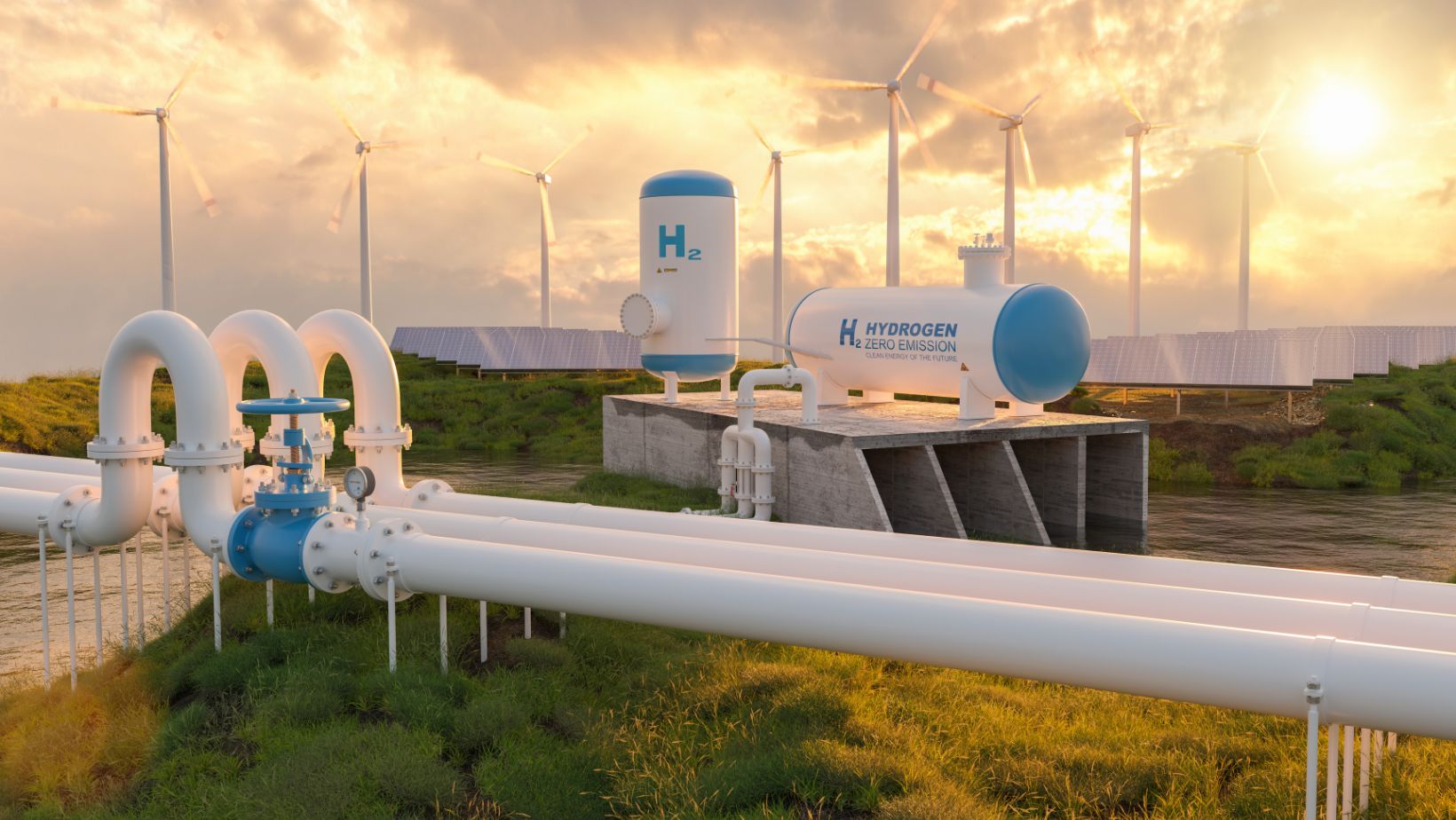
Hazer has achieved a world first in Western Australia, using its methane pyrolysis technology to produce clean hydrogen and graphite for the first time. The Hazer commercial demonstration plant (CDP) in WA has made good on a decade of development, leveraging conversion technology to transform methane into hydrogen and synthetic graphite using an iron ore process catalyst.
In May 2019, Hazer and the Water Corporation entered into a memorandum of understanding to establish the CDP. The pair now expect the site’s operations to ramp up through the first half of 2024. Hazer’s CEO, Glenn Corrie, expressed his excitement and pride in the team’s achievement, highlighting “over 10 years of preceding research, development, and engineering innovation”.
“It’s a testament to the Hazer team’s dedication, courage, and resilience in reaching this milestone,” he said.
Mr. Corrie was also bullish on the prospect of the technology playing a crucial role in Hazer’s commercialisation strategy.
“We have plans to extend the continuous operation of the plant in 2024 and to scale up the technology with global partners in key markets such as North America, Europe, and Asia.”
The project cost between $23 million and $25 million to fund, with $9.41 million provided by the Australian Renewable Energy Agency or ARENA.
The Queensland government has unveiled its FlexiLab concept, aimed at supporting the processing of critical minerals, including cobalt, nickel, zinc, vanadium, and alumina. The concept contains the design of a new pilot processing plant to be housed in Mackay within the QLD Resources Centre of Excellence.
The plant will provide room for testing, innovation, research, and training for the resources sector, with the Queensland Government supporting the facility with $5.7 million in funding. According to Queensland Resources and Critical Minerals Minister Scott Stewart, investments in initiatives like FlexiLab will ensure “a substantial resources future for the community and for Queensland for decades to come.”
“As global demand for critical minerals continues to rise, FlexiLab will play a pivotal role in shaping the future of mineral processing,” Mr Scott said.
Adding, “This state-of-the-art facility, designed with a vision for innovation and collaboration, is set to redefine the landscape of mineral processing and accelerate growth in the critical minerals sector.”
The stakeholders hope that FlexiLab will complement the upcoming Queensland Resources Common User Facility, which is currently under construction in Townsville. The rapidly growing demand for a broad range of minerals – essential to new technologies like renewable energy and defence – has allowed QLD to help companies develop new value streams based on the available array of critical minerals.
In its annual Tracking the Trends report, Deloitte consultants have called on Australian miners to make mineral exploration their focus, over and above acquisitions. The 16th annual report covers key trends and challenges facing the mining industry in the new year.
One of the surprising findings in the release is the recommendation for mining companies to invest more in grassroots exploration rather than mergers and acquisitions (M&A) of smaller exploration companies. The prompt follows 2023, a year ripe with noteworthy mergers and acquisitions, including BHP’s takeover of OZ Minerals in April and Newmont’s acquisition of Newcrest in November.
“The percentage of exploration spend compared to the size of markets, like copper, is decreasing over time in mining and metals,” said Charles Hooper, director of consulting at Deloitte Canada.
“It takes approximately 15 years for a mine to go from discovery to production. It’s important that companies think about their decline curves today and determine the role exploration can play in their strategy to replenish and grow reserves,” he added.
The report’s authors recommended that mining companies establish relationships in new areas, use technology to augment exploration teams, and maintain exploration efforts through economic cycles. Deloitte maintains the view that Australia’s mining and metals sector remains critical to the global green energy transition.
Dust suppression is a critical issue in the world of mining and resources.
Learn more about GRT’s industry-leading and IoT-connected SMART Dosing Units, and discover how we’re driving better dust suppression solutions for all!
If you’d like to talk with an expert, simply contact us!
Your feedback is important to us.
If you enjoyed reading this Global Road Technology industry update and found it informative, please let us know by leaving a REVIEW.
References:
https://research.csiro.au/hyresource/hazer-commercial-demonstration-plant/
https://statements.qld.gov.au/statements/99608
https://www.deloitte.com/au/en/Industries/mining-metals/about/tracking-the-trends.html
Are environmental regulations, health and safety concerns or potential profit loss a concern right now?
Contact Us Now